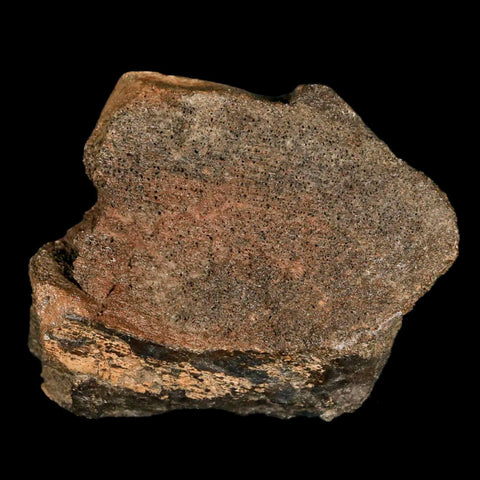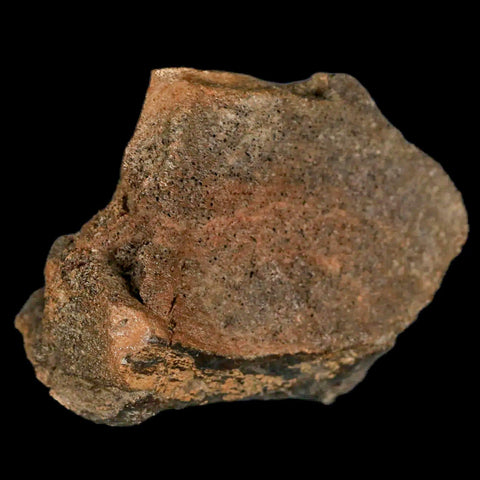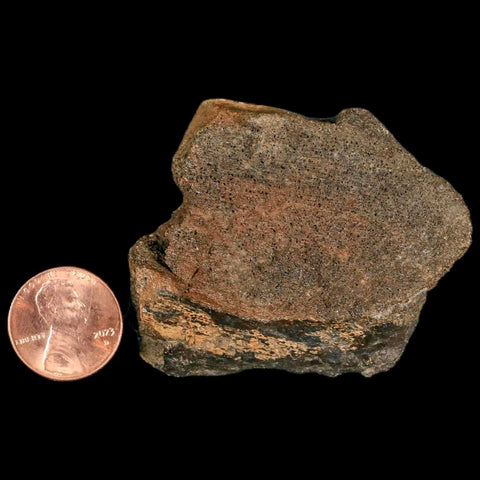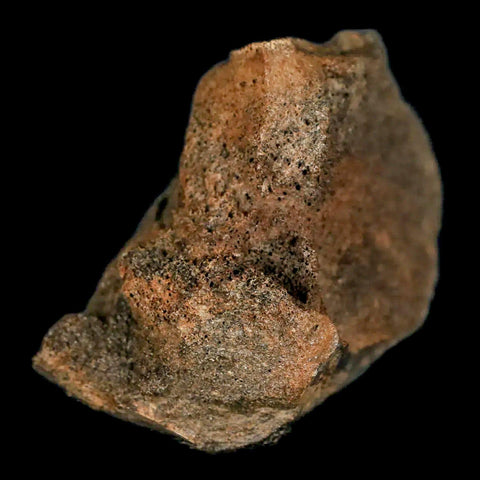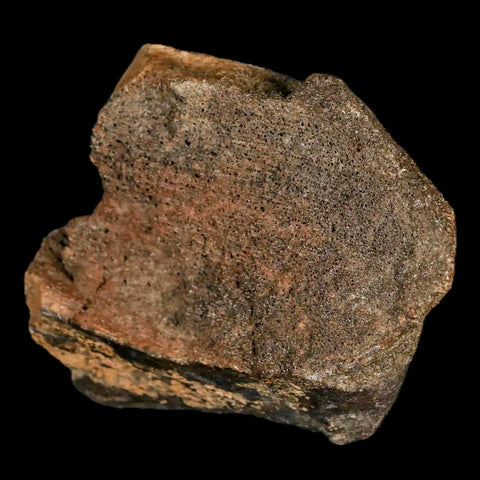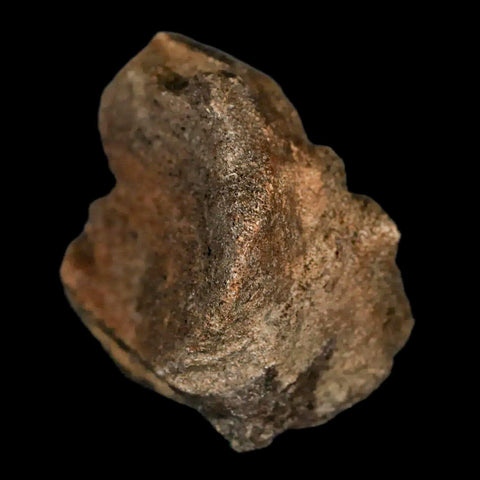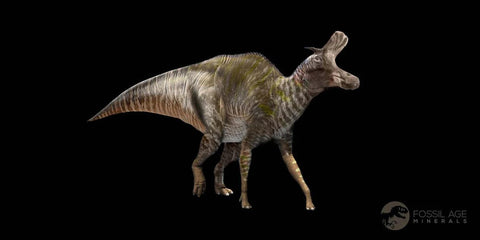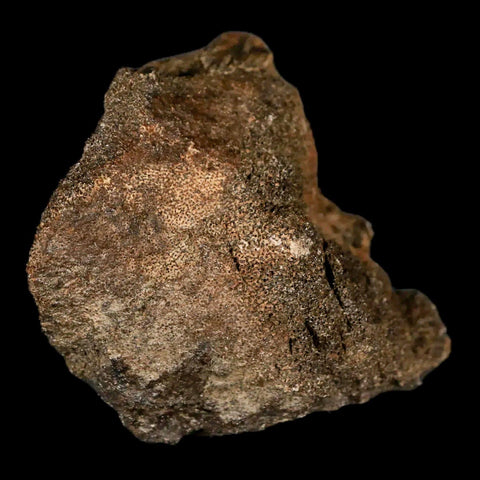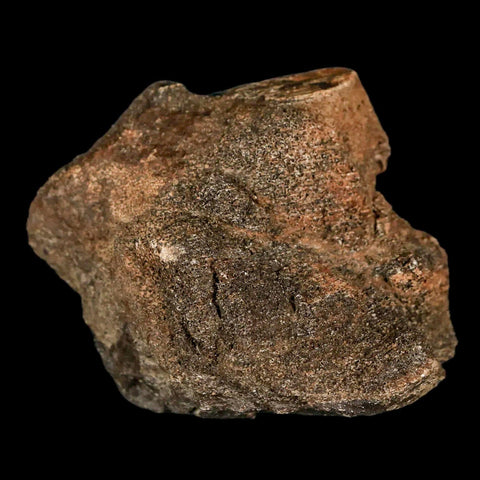2.2" Lambeosaurus Fossil Bone Marrow Judith River FM MT Cretaceous Dinosaur COA
Location: Judith River Formation, Eastern Montana (Private Land Origin)
Weight: 2 Ounces
Dimensions: 2.2 Inches Long, 1.7 Inches Wide, 1.5 Inches Thick
Comes with a Certificate of Authenticity.
The item pictured is the one you will receive.
This is a genuine fossil bone.
Cretaceous Age 83.6 - 70.6 million years old.
Height: 7 ft.
Mass: 2,200 – 6,600 lbs
Eats: Maidenhair tree, Magnolia, Pine
Eaten by: Albertosaurus, Gorgosaurus, Daspletosaurus
Lambeosaurus existed during the Late Cretaceous Period, roughly 83.6 to 70.6 million years ago. The genus name honors the paleontologist Lawrence Lambe, translating to “Lambe’s lizard.” This hadrosaurid measured between 40 and 50 feet in length, stood approximately 7 feet tall at the hips, and weighed close to 5 tons. Characteristic features include its duckbill and a distinctive bony crest atop the skull. As a bipedal herbivore, Lambeosaurus likely possessed the agility to run near 30 miles per hour, an adaptation essential for evading contemporary carnivorous threats.
It was the first duck-billed dinosaur to have been found in North America, and many specimens of it have been found not only in Alberta, Canada, but also in Montana, USA, and in Baja California, Mexico. This dinosaur’s diet probably consisted of plant life that existed in these areas at that time. Plants such as conifers, ginkgos, and magnolias were probably the main staple of this dinosaur’s diet.
A distinctive feature of Lambeosaurus was its largely hollow cranial crest, which has led experts to propose various functions. Some suggest it contained salt glands, others believe it improved the dinosaur’s sense of smell, and another hypothesis is that it acted as an air reservoir enabling sound production. While none of these theories has been definitively proven, the prevailing consensus is that the crest primarily served as a sound-producing structure.
It is also believed that these dinosaurs may have congregated in great herds. This would have given them some protection against predators and would have allowed them to protect the smaller members of their group more easily.



